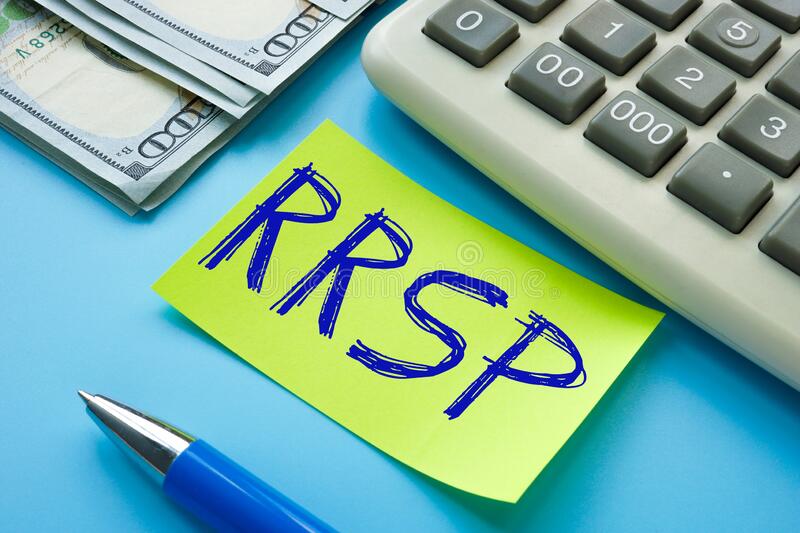
UNDERSTANDING YOUR RRSP CONTRIBUTION LIMIT
Did you know that contributing to your RRSP can be claimed as a deduction on your tax return? There is, however, a limit on the amount you can contribute in the current year!
How Do I Know My Contribution Limit?
The amount a person can contribute to their RRSP is based on their contribution limit. This RRSP deduction limit is reported each year at the bottom of your Notice of Assessment by the Canada Revenue Agency. Contribution limits are available online in My Account and Represent a client. The CRA has established a ceiling on the annual RRSP deduction limit, called the “annual dollar limit”. The CRA usually revises this annual dollar limit. The annual maximum contribution rates will be indexed to reflect increases in the average wage growth.
To find out what your RRSP deduction limit is this year, check out this article by the CRA: Read More
Now that you know your RRSP contribution amount is based on a contribution limit; what is your contribution limit based on?
Definition-Earned Income for RRSP Purposes
The RRSP limit for a given year depends on "earned income" from the previous year. This earned income amount comes from the amount you reported on your previous year’s tax return. Generally, this includes active income such as employment earnings and business income, but it does not include most types of passive income (e.g., interest, dividends, and capital gains etc.).
The following types of income qualify as earned income:
Your earned income can also be reduced by the following items:
As stated, passive income does not qualify as earned income when calculating your RRSP contribution limit. This includes:
Note: CPP/QPP disability is considered to be earned income. Any disability payments received under a plan, established by an employer or former employer, will be included in employment income (unless an employee contributed to the plan). If such benefits are included in employment income, they will then be included in the calculation of earned income for tax purposes. If such benefits are not taxable, they will not be included in the calculation of earned income.
Posted on 21 Oct 2021


